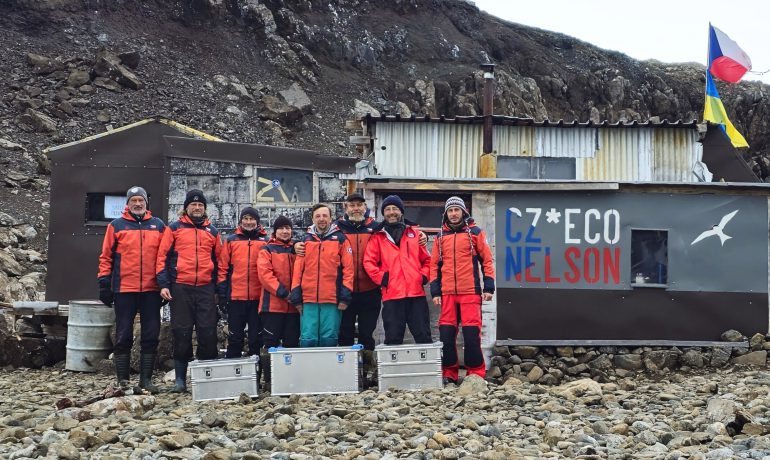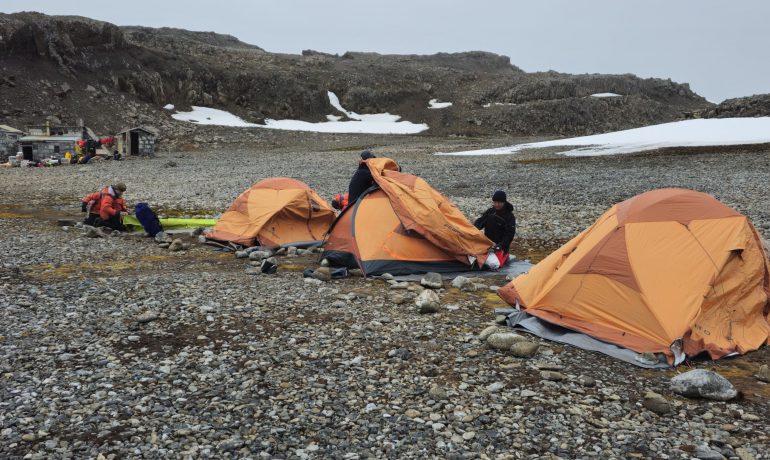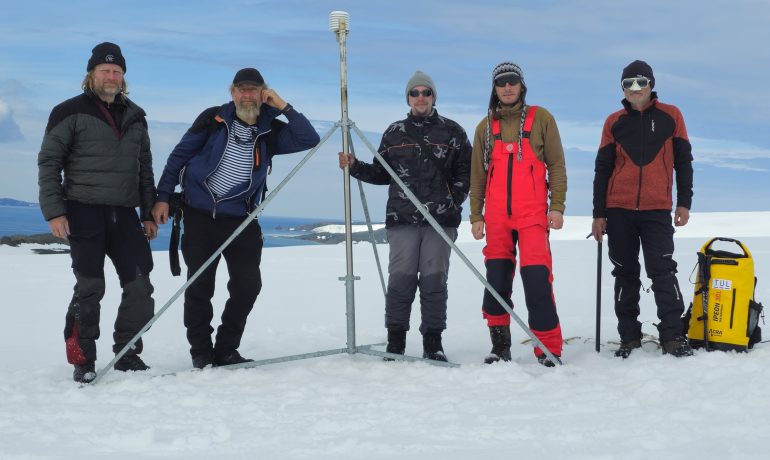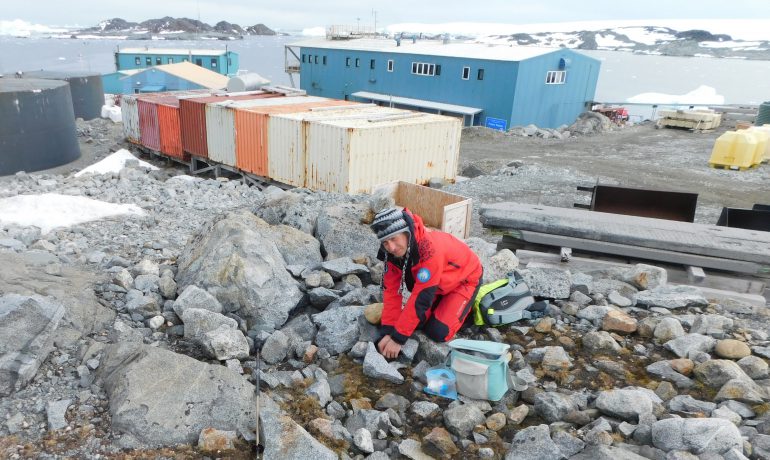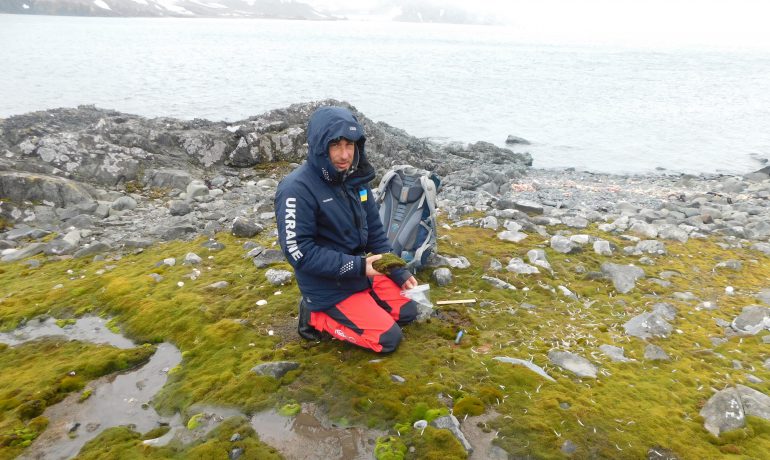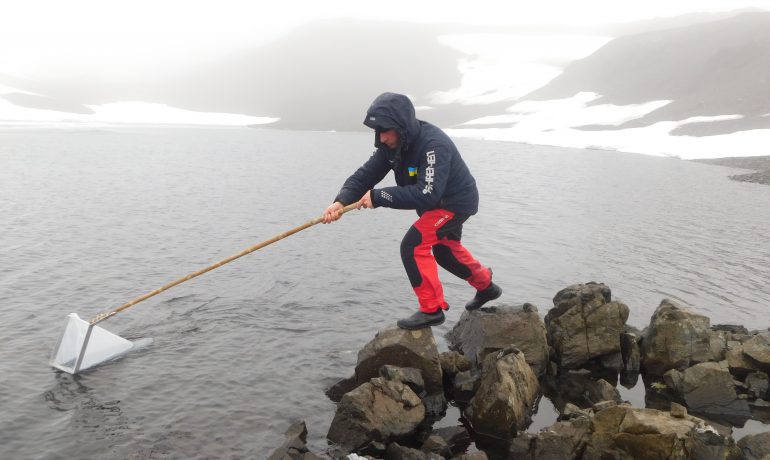Scientists from the National Antarctic Scientific Center, together with Czech colleagues, have initiated a new study of Antarctic vegetation.
This is important because the health and the speed of growth of Antarctic flora is one of the indicators of climate change.
To conduct the research, scientists chose 3 different regions, distant from each other:
- South Shetland Islands – Nelson Island (“CZ*ECO Nelson” logistics base)
- Argentine Islands area – Kyiv Peninsula (Vernadsky station)
- James Ross Island area (Mendel Czech Antarctic Station”).
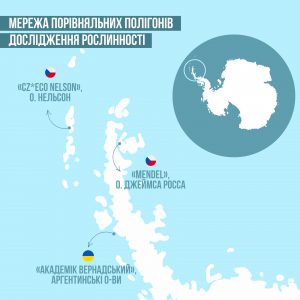 In these locations, scientists have established a network of comparative testing sites with similar plant groups.
In these locations, scientists have established a network of comparative testing sites with similar plant groups.
Normally, such plant groups exist alongside the ice, and research into the link between vegetation and the dynamics of permafrost is one of the tasks of the Ukrainian-Czech scientific team.
At all selected test sites, scientists recorded soil parameters in detail, collected and analyzed the composition of plants species. This way they have received information about the initial state of the biotope for further monitoring – they plan to do it annually.
Due to this, scientists will have data on the impact of climate change on the vulnerable Antarctic ecosystems in the future
“It became obvious that vegetation is responding to regional warming, but we as scientists need to have indisputable evidence. Creation of a monitoring network will eventually give us such evidence,” said Ivan Parnikoza, head of the Department of Biology and Ecology of the National Antarctic Scientific Center.
We remind you that on March 1, the POLARIN project of the EU Horizon Europe program has started, in which the National Antarctic Scientific Center and 49 other organizations from around the world take part.
Photo: Ivan Parnikoza, Vaclav Pavel, Anton Puhovkin


